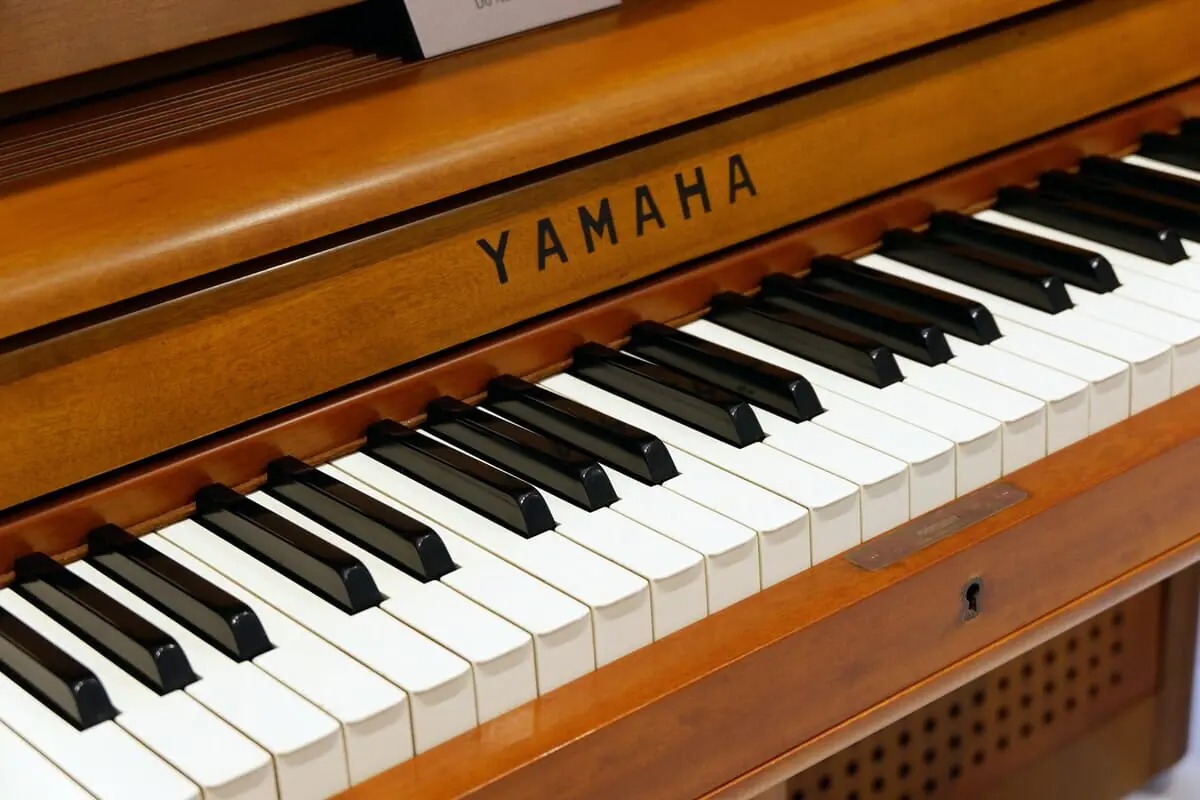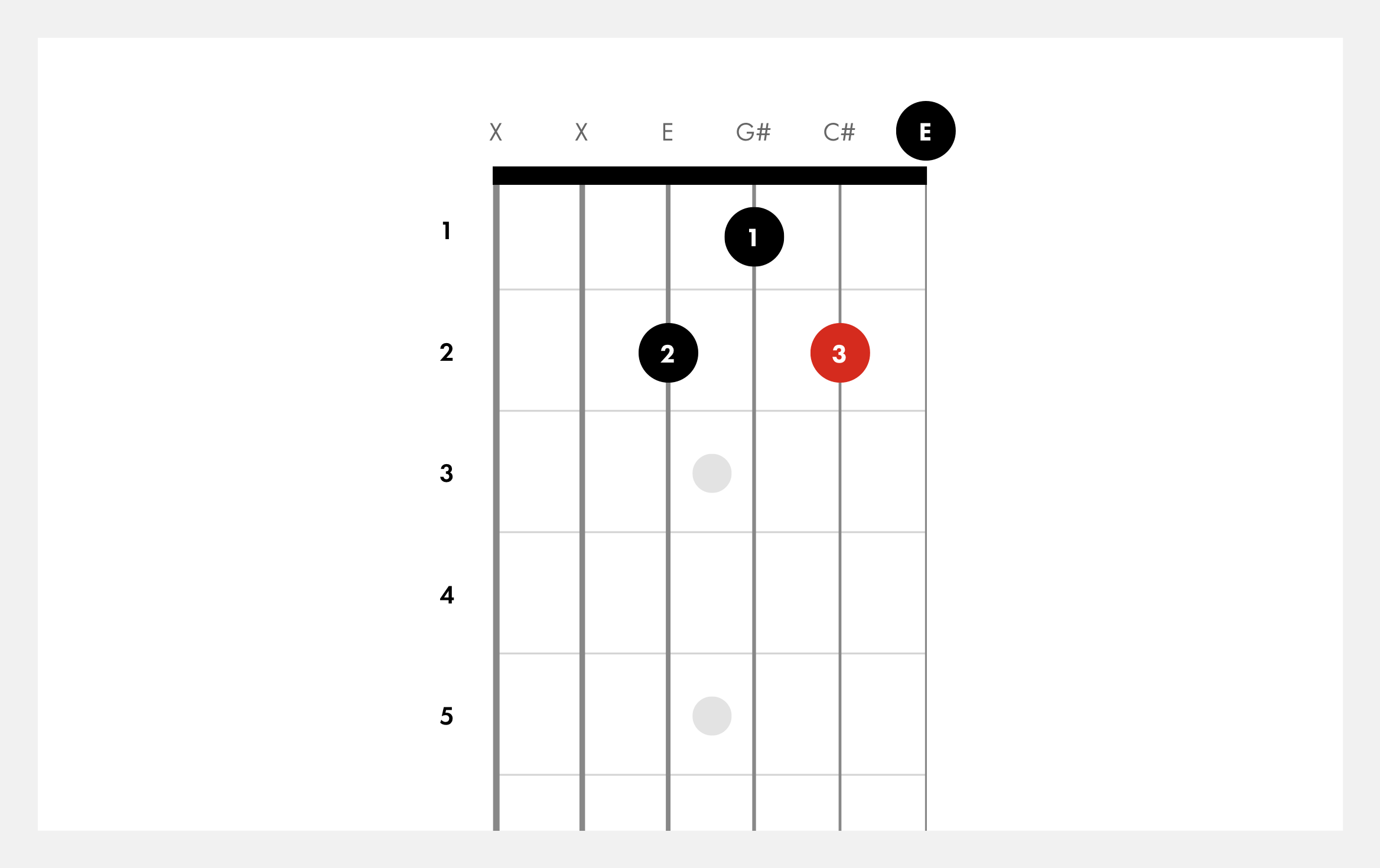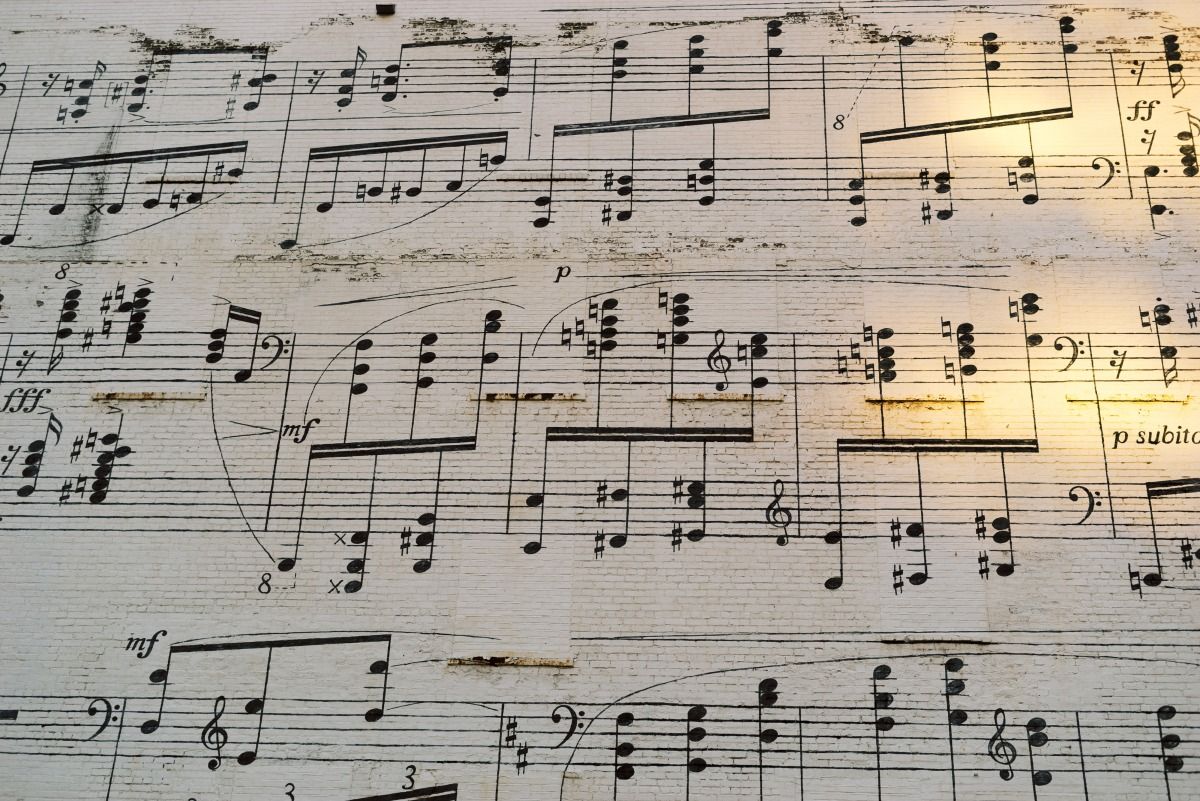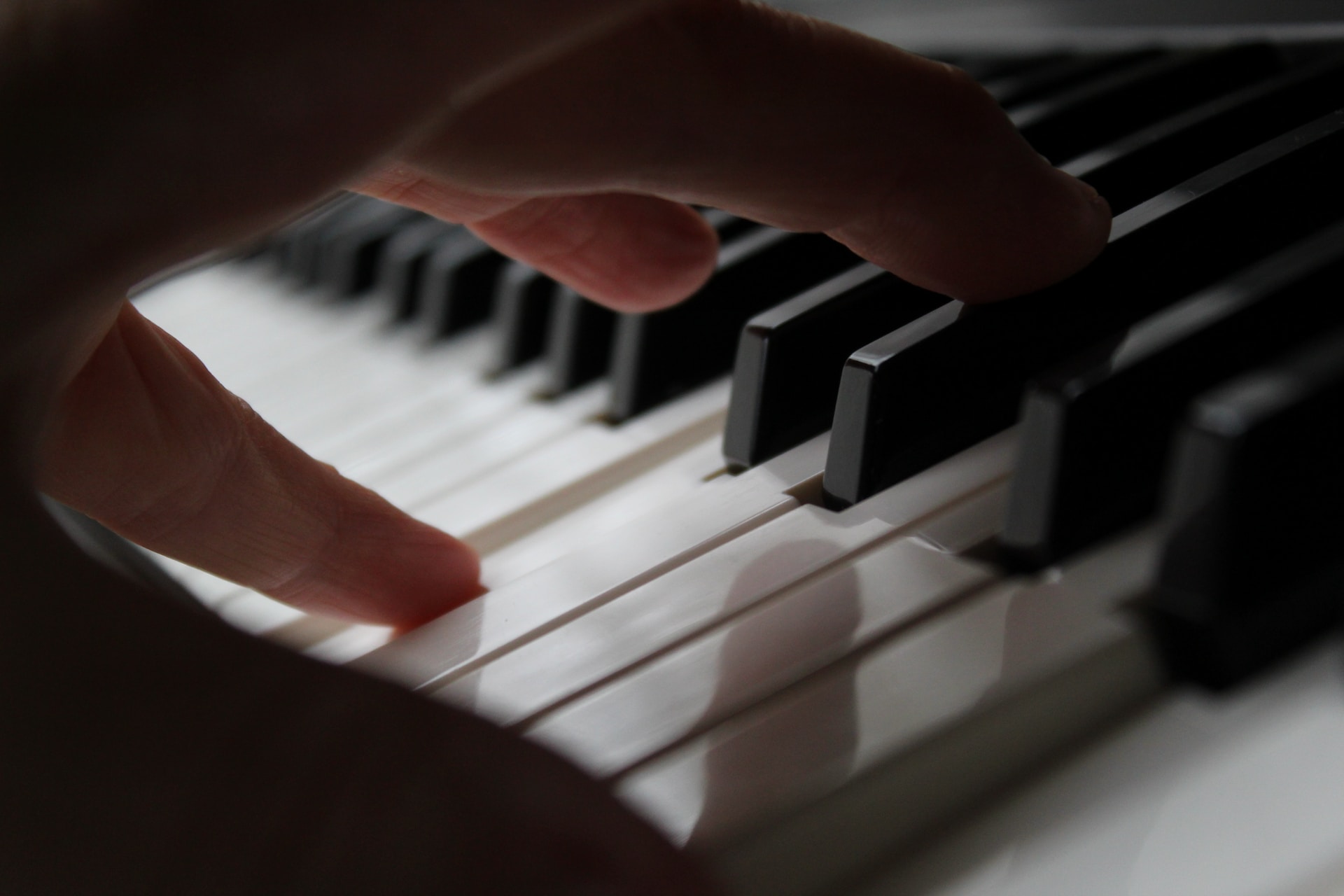Home>Instruments>Piano>What Is B Minor On Piano


Piano
What Is B Minor On Piano
Published: February 10, 2024
Learn how to play the B minor chord on piano with our step-by-step guide. Master the basics of piano chords and start playing today!
(Many of the links in this article redirect to a specific reviewed product. Your purchase of these products through affiliate links helps to generate commission for AudioLover.com, at no extra cost. Learn more)
Table of Contents
Introduction
Introduction
Learning to play the piano is a rewarding journey that opens up a world of musical possibilities. As a pianist, understanding different keys and chords is fundamental to mastering this versatile instrument. In this article, we will delve into the captivating realm of B minor on the piano. From its scale and chord to its significance in music theory, we will explore the intricacies of B minor, equipping you with a comprehensive understanding of this evocative key.
B minor is a poignant and expressive key that resonates with both musicians and audiences. By unraveling its nuances, you will gain insight into how this key can evoke emotions and set the tone for musical compositions. Whether you're a beginner seeking to expand your knowledge or an experienced pianist looking to deepen your understanding of piano theory, this exploration of B minor will enrich your musical journey.
Join me as we embark on a melodic expedition through the realm of B minor on the piano, uncovering its scale, chord, arpeggio, key signature, and its role in music theory. Let's unravel the mystique of B minor, understanding its significance and embracing its emotive power within the context of piano playing and musical composition.
Understanding B Minor
Understanding B Minor
B minor is a key that exudes a sense of melancholy and introspection. It is the relative minor of D major, sharing the same key signature but with B as the tonic or home note. When playing in B minor, the tonality often evokes a poignant and contemplative mood, making it a popular choice for compositions that convey deep emotions.
As the pianist navigates the notes in B minor, they will encounter the distinctive pattern of whole and half steps that define this key. The natural minor scale in B consists of the following notes: B, C#, D, E, F#, G, and A. This sequence of tones and semitones contributes to the unique character of B minor, allowing pianists to convey a range of emotions through its melodic and harmonic possibilities.
Understanding the tonal qualities of B minor is essential for pianists aiming to convey specific moods and emotions through their playing. Whether it’s the subtle shift from B major to B minor or the incorporation of B minor chords within a piece, grasping the essence of this key empowers musicians to infuse their performances with depth and sensitivity.
Exploring B minor on the piano provides an opportunity to delve into the expressive potential of this key, allowing pianists to convey a wide spectrum of emotions, from introspection to yearning, within their musical interpretations. By understanding the tonal landscape of B minor, pianists can harness its evocative power to enrich their musical expressions and captivate audiences with its emotive resonance.
B Minor Scale
B Minor Scale
The B minor scale is a crucial component of a pianist’s repertoire, offering a melodic framework that encapsulates the essence of this evocative key. When ascending and descending the keyboard in B minor, pianists traverse a sequence of notes that embodies the melancholic and introspective nature of this key.
The natural minor scale in B unfolds with the following notes: B, C#, D, E, F#, G, and A. This sequence of tones and semitones shapes the hauntingly beautiful melody associated with B minor, allowing pianists to convey a profound sense of emotion and introspection through their playing.
Furthermore, exploring the harmonic and melodic variations of the B minor scale enriches a pianist’s musical vocabulary, enabling them to craft nuanced and expressive compositions that resonate with audiences. By internalizing the tonal nuances of the B minor scale, pianists can infuse their performances with a captivating depth and emotional resonance.
Mastering the B minor scale empowers pianists to articulate a wide spectrum of emotions, from wistful longing to poignant reflection, through their musical interpretations. As pianists navigate the intricacies of the B minor scale, they unlock a world of expressive possibilities, harnessing the emotive power of this key to captivate listeners and convey profound musical narratives.
B Minor Chord
B Minor Chord
The B minor chord holds a poignant and expressive quality that resonates deeply with pianists and listeners alike. Comprised of the notes B, D, and F#, the B minor chord embodies the melancholic tonality of this key, evoking a sense of introspection and emotional depth.
When incorporated into piano compositions, the B minor chord enriches the harmonic landscape, infusing the music with a haunting allure that captures the essence of this evocative key. Pianists can utilize the B minor chord to evoke a range of emotions, from subtle yearning to profound introspection, crafting musical narratives that resonate with depth and sensitivity.
Exploring the voicings and inversions of the B minor chord empowers pianists to imbue their playing with a rich and emotive quality, allowing for expressive interpretations that convey the nuanced tonal hues of this key. Whether employed as a standalone chord or woven into intricate progressions, the B minor chord serves as a potent tool for eliciting poignant and contemplative atmospheres within musical compositions.
By mastering the B minor chord, pianists expand their harmonic repertoire and deepen their ability to convey complex emotions through their performances. The emotive resonance of the B minor chord enriches musical expressions, offering a profound means of communicating introspective narratives and evoking heartfelt responses from audiences.
B Minor Arpeggio
B Minor Arpeggio
The B minor arpeggio is a captivating melodic sequence that encapsulates the emotive essence of this poignant key. Comprising the notes B, D, and F#, the B minor arpeggio unfolds with a hauntingly beautiful resonance, allowing pianists to convey a profound sense of introspection and melancholic allure through their playing.
When pianists navigate the B minor arpeggio, they traverse a sequence of notes that embodies the evocative tonality of this key, offering a melodic framework for expressing a wide spectrum of emotions. The arpeggio’s cascading progression resonates with a sense of yearning and contemplation, inviting pianists to craft expressive interpretations that captivate audiences with their emotive depth.
Exploring the inversions and variations of the B minor arpeggio empowers pianists to infuse their performances with a rich and nuanced tonal palette, allowing for evocative musical storytelling that resonates with heartfelt sincerity. Whether employed as a standalone motif or woven into intricate compositions, the B minor arpeggio serves as a poignant means of conveying introspective narratives and emotive landscapes through the piano’s expressive voice.
Mastering the B minor arpeggio equips pianists with a melodic tool that embodies the emotive power of this key, enabling them to convey a profound range of emotions, from wistful longing to poignant introspection, through their musical interpretations. By embracing the evocative resonance of the B minor arpeggio, pianists can craft performances that resonate with depth and sensitivity, inviting listeners into a world of emotive storytelling through the captivating language of music.
B Minor Key Signature
B Minor Key Signature
The key signature of B minor is defined by its unique arrangement of sharps, shaping the tonal landscape and harmonic character of compositions rooted in this evocative key. With two sharps—F# and C#—the key signature of B minor sets the stage for a melodic journey that embodies introspection and emotional depth, offering pianists a rich palette for musical expression.
As pianists navigate the key signature of B minor, they encounter a tonal environment that resonates with a poignant and contemplative allure. The presence of F# and C# infuses compositions in B minor with a haunting tonality, inviting musicians to craft emotive narratives that capture the essence of this evocative key.
Understanding the key signature of B minor empowers pianists to navigate the harmonic complexities and tonal nuances inherent to this key, allowing for expressive interpretations that convey a profound sense of emotion and introspection. Whether ascending the keyboard in B minor or crafting compositions rooted in this key, pianists harness the emotive power of its key signature to captivate listeners and evoke heartfelt responses through their musical storytelling.
Mastering the key signature of B minor expands a pianist’s ability to convey a wide spectrum of emotions, from subtle yearning to profound introspection, through their musical interpretations. By embracing the tonal nuances shaped by the key signature of B minor, pianists infuse their performances with a captivating depth and emotional resonance, inviting audiences into a world of emotive storytelling through the expressive language of music.
B Minor in Music Theory
B Minor in Music Theory
In music theory, B minor holds a significant place as the relative minor of D major, sharing the same key signature but with B as the tonic or home note. This relationship between B minor and D major underscores the intricate interplay of major and minor keys, offering musicians a rich tapestry of tonal possibilities to explore and express through their compositions and performances.
Within the framework of music theory, B minor embodies a tonal landscape that resonates with introspection and emotive depth. Understanding the harmonic and melodic principles that define B minor enables musicians to craft compositions that convey a wide spectrum of emotions, from poignant reflection to subtle yearning, through the expressive language of music.
Exploring the role of B minor in music theory provides pianists with a deeper understanding of tonal relationships and the emotive resonance of different keys. Whether modulating from D major to B minor or incorporating B minor chords within a composition, musicians harness the evocative power of B minor to infuse their musical narratives with depth and sensitivity, captivating audiences with the emotive allure of this poignant key.
By delving into the intricacies of B minor within the realm of music theory, pianists enrich their musical vocabulary and deepen their ability to convey complex emotions through their performances. The emotive resonance of B minor serves as a poignant means of communicating introspective narratives, inviting listeners into a world of emotive storytelling through the captivating language of music.
Conclusion
Conclusion
Exploring the captivating realm of B minor on the piano unveils a world of emotive possibilities, inviting pianists to delve into the introspective and melancholic tonality of this evocative key. From its haunting scale and poignant chord to the emotive resonance of its arpeggio and key signature, B minor enriches musical expressions with depth and sensitivity, offering a profound means of communicating introspective narratives through the captivating language of music.
Mastering B minor empowers pianists to convey a wide spectrum of emotions, from wistful longing to profound introspection, through their musical interpretations. By embracing the evocative power of B minor, pianists infuse their performances with a captivating depth and emotional resonance, inviting audiences into a world of emotive storytelling through the expressive language of music.
As pianists navigate the tonal nuances and harmonic complexities of B minor, they unlock a melodic framework that embodies the emotive essence of this poignant key, allowing for expressive interpretations that captivate listeners with their emotive depth. Whether ascending the keyboard in B minor or crafting compositions rooted in this key, pianists harness the emotive power of B minor to evoke heartfelt responses and convey profound musical narratives.
In conclusion, the exploration of B minor on the piano serves as a testament to the emotive power and expressive depth inherent in this evocative key. By embracing the tonal nuances and harmonic richness of B minor, pianists embark on a melodic expedition that resonates with depth and sensitivity, inviting audiences into a world of emotive storytelling through the captivating language of music.











